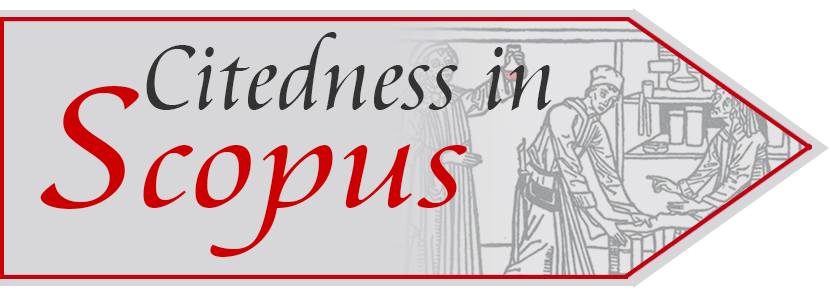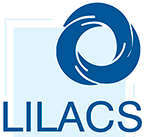Promotion of physical activity in housing complexes
DOI:
https://doi.org/10.19136/hs.a23n1.5707Abstract
Objective: Chronic non-communicable diseases (NCDs) in workers are associated with modifiable risk factors, so the study proposes to characterize the influence of the components of the spatial physical subsystem of housing complexes on the practice of physical activity of workers at an IES from Barranquilla and Pereira in 2022.
Materials and methods: Descriptive study of correlation between housing characteristics and the level of physical activity of workers at Higher Education Institution (IES) in Barranquilla and Pereira. Probability sampling with simple random stratified sampling technique. GPAQ Short Version (PA level) and modified ECAVE scale (housing complex) were used. Statistical analysis was performed in Statgraphics version 16 software, applying descriptive and inferential statistics.
Results: Statistical significance is observed between the variables accessibility and availability to use parks, cycle paths and trails (p-value 0.0105); Likewise, the degree of security of the area where the worker lives (p-value 0.0342) and sex as an individual factor (p-value 0.0417) influence.
Conclusion: The relationship between the characteristics of the housing complex and the practice of PA in workers of an IES in Barranquilla and Pereira is confirmed; This relationship includes individual and housing components, the former showing the association with sex, with men being more active than women. The housing components are associated with the degree of security of the area where the worker lives and the perception of visitors about the neighborhood as a dangerous and insecure area.
Keywords: Physical Activity; Residence Characteristics; Noncommunicable Diseases; Sedentary Behavior; City Planning.
Downloads
Downloads
Published
Issue
Section
License
Copyright (c) 2024 Horizonte Sanitario

This work is licensed under a Creative Commons Attribution-NonCommercial-ShareAlike 4.0 International License.





























